Retro Replay Review
Gameplay
Microsoft Pandora’s Box offers a robust puzzle-solving experience that unfolds across iconic cities around the globe. Players are tasked with locating four pieces of the fabled box in each location, navigating through an assortment of 350 puzzles belonging to ten distinct categories. From “Find and Fill” to “Slices,” each puzzle type brings its own set of rules and strategies, demanding both logic and creativity. The variety ensures that no two challenges feel identical, keeping the gameplay fresh as you progress.
(HEY YOU!! We hope you enjoy! We try not to run ads. So basically, this is a very expensive hobby running this site. Please consider joining us for updates, forums, and more. Network w/ us to make some cash or friends while retro gaming, and you can win some free retro games for posting. Okay, carry on 👍)
As you gather box fragments, the pace intensifies. Once enough fragments are collected, you face an extra-hard puzzle designed to capture one of the seven tricksters—Maui, Puck, Eris, Monkey, Anansi, Coyote, or Raven. These boss-like puzzles ramp up the difficulty significantly, testing your mastery of earlier mechanics. The sense of accomplishment from trapping a trickster is a highpoint, offering a satisfying checkpoint before you move on to the next city.
Tokens for hints and free puzzles are sprinkled throughout the journey. If you find yourself stuck on a particularly fiendish “Lens Bender” or “Interlock” challenge, you can spend tokens to get a nudge in the right direction without breaking your momentum. Similarly, if a certain puzzle style doesn’t appeal to you, tokens can unlock alternative puzzles, giving you the freedom to customize your playthrough.
The interface is intuitive, with clear drag-and-drop interactions, zoom options for detailed views, and an undo button that prevents accidental misplacements from derailing your progress. Timed modes and optional achievements add replay value for completionists, while a relaxed mode lets casual players savor the puzzles at their own pace. Overall, the gameplay balances challenge and accessibility, appealing to both hardcore puzzle enthusiasts and newcomers alike.
Graphics
Visually, Pandora’s Box distinguishes itself by tailoring the puzzle artwork to each city’s cultural and architectural motifs. Whether you’re solving a “Rotascope” puzzle in Paris featuring the Eiffel Tower or an “Outer Layer” mosaic in Tokyo, the backgrounds and puzzle pieces feel lovingly crafted. This attention to detail enhances immersion, making each location feel authentic and unique.
The user interface is clean and unobtrusive, allowing the vibrant puzzle images to take center stage. Menus and toolbars are neatly organized along the edges of the screen, with easily recognizable icons for hints, tokens, and navigation. Puzzle animations—such as pieces snapping into place or glowing when correctly aligned—provide satisfying visual feedback without becoming distracting.
While the game primarily showcases static images and vector-based art, occasional cutscenes and transitions inject a cinematic flair. Brief animations of Pandora’s Box fragments assembling or a trickster being whisked away to confinement add narrative cohesion and visual variety. The color palette remains bright and engaging throughout, minimizing eye strain even during extended play sessions.
On modern hardware, load times between puzzles and cities are minimal, ensuring a smooth flow. The resolution scales well, from standard monitors to high-definition displays, preserving image clarity. Although the graphics aren’t pushing the limits of 3D rendering, they excel at their core purpose: presenting puzzles in a visually appealing and contextually rich environment.
Story
The premise of Pandora’s Box draws on classical myth and global folklore, positioning you as the hero tasked with subduing seven mischievous tricksters unleashed by the box’s opening. Each trickster hails from a different tradition—Maui from Polynesia, Puck from English folklore, Anansi from West Africa, and so on—lending the narrative a multicultural tapestry. This global angle fuels both the puzzle settings and the personalities of the adversaries.
Between puzzle sets, brief narrated segments provide context for each trickster’s motivations and mischief. While these interludes are concise, they effectively frame why each character must be contained, heightening the stakes of your puzzle victories. The story doesn’t aim for epic philosophical depth but strikes a charming balance between mythic drama and lighthearted fun.
Character art and dialogue snippets give each trickster a distinct voice, from Raven’s sly humor to Eris’s chaotic trickery. Capturing a trickster triggers a small celebratory sequence, reinforcing the sense of progress and tying gameplay back to the overarching quest. Though the narrative is mostly linear, discovering cultural tidbits about each trickster and their homeland injects an educational element.
For players seeking a puzzle game with a unifying storyline, Pandora’s Box delivers just enough narrative to keep you invested without overshadowing the core gameplay. The mythological framing elevates otherwise disconnected puzzles into meaningful encounters, transforming routine logic challenges into quests with purpose.
Overall Experience
Microsoft Pandora’s Box shines as a comprehensive puzzle collection wrapped in a mythic quest. With 350 puzzles spanning ten unique formats, it offers tremendous value and longevity. The thoughtful difficulty curve, supplemented by hint tokens and optional free puzzles, ensures that both casual gamers and puzzle aficionados can find their sweet spot.
The global tour of cities and tricksters adds thematic cohesion, turning each set of puzzles into an expedition rather than a disjointed series of brain teasers. Visually appealing graphics and a clean interface support the gameplay without cluttering the screen, while the bite-sized story segments provide motivation to keep solving.
Some players may find the later puzzles quite challenging, and certain puzzle types may resonate more than others. However, the ability to swap out disliked puzzles with tokens makes the experience customizable. Optional timed challenges and achievements further boost replayability for those who crave extra tests of skill.
In sum, Pandora’s Box is a polished, engaging puzzle adventure that can entertain across many sessions. Its blend of varied mechanics, cultural flair, and light mythological storytelling makes it a standout choice for anyone looking to flex their problem-solving muscles. Whether you’re aiming to trap all seven tricksters or simply unwind with intelligent puzzles, this title delivers an enriching, well-rounded experience.
 Retro Replay Retro Replay gaming reviews, news, emulation, geek stuff and more!
Retro Replay Retro Replay gaming reviews, news, emulation, geek stuff and more!
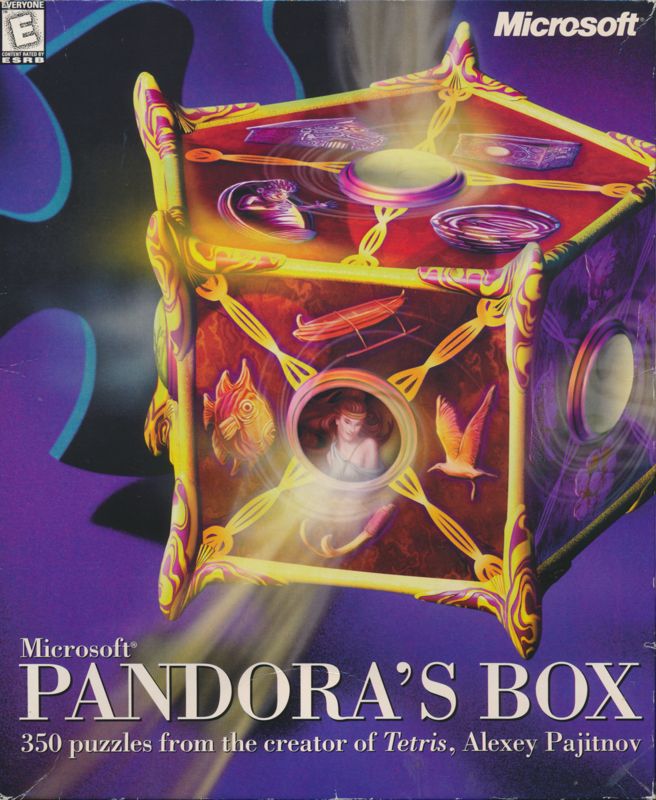
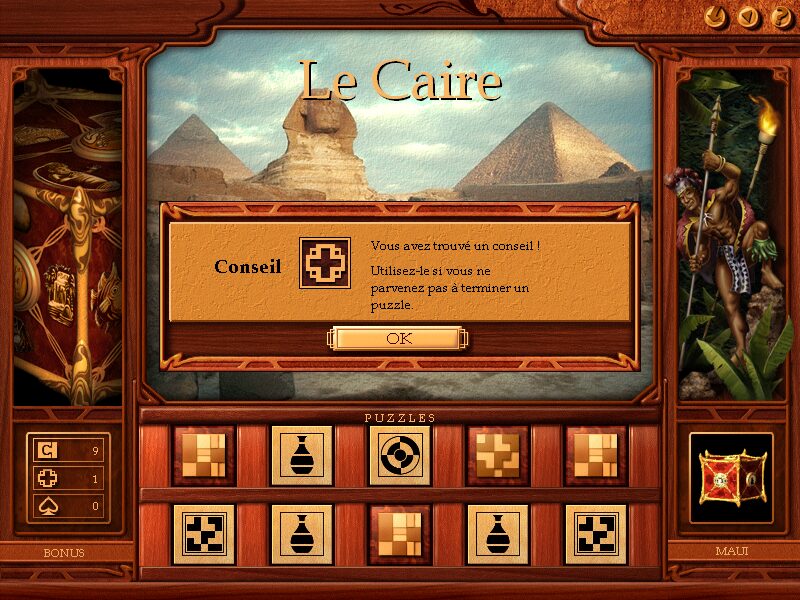
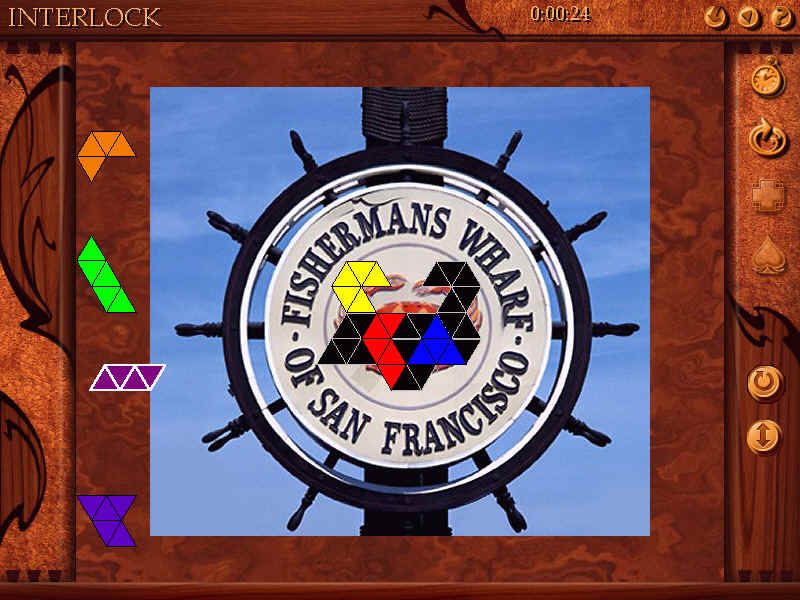
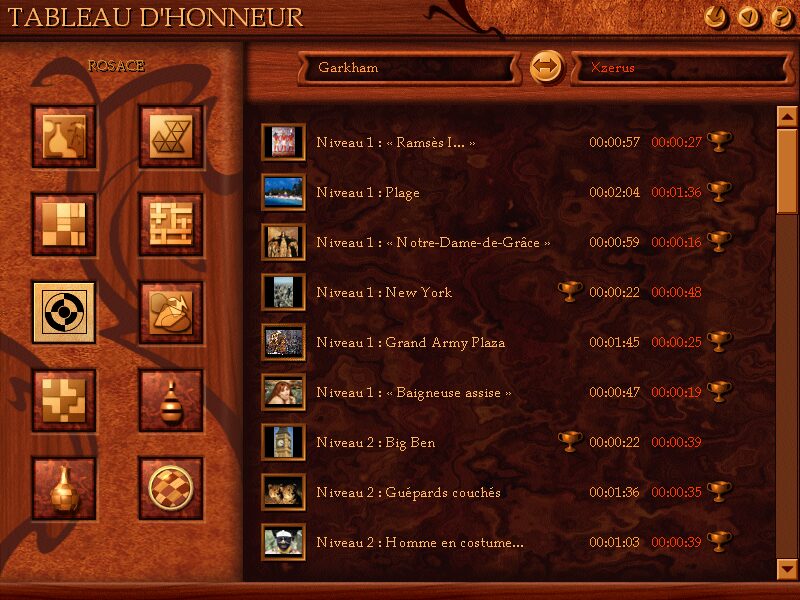
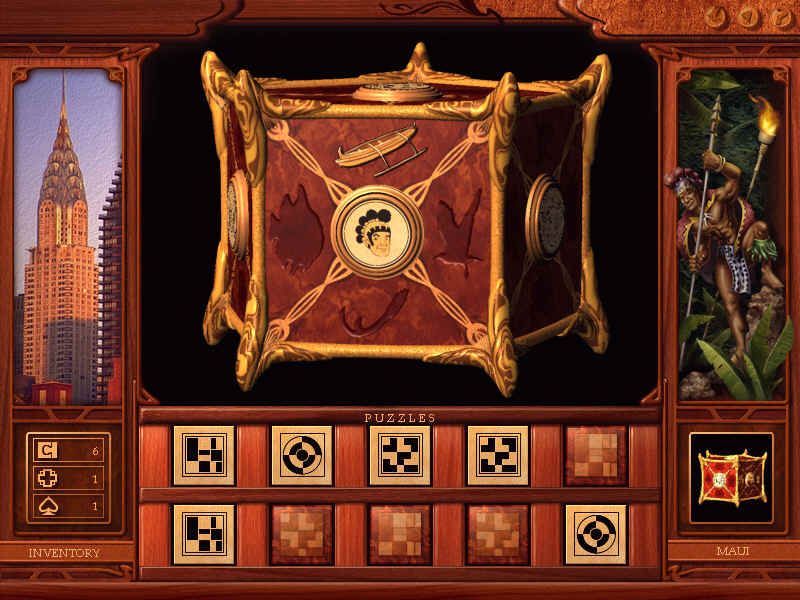
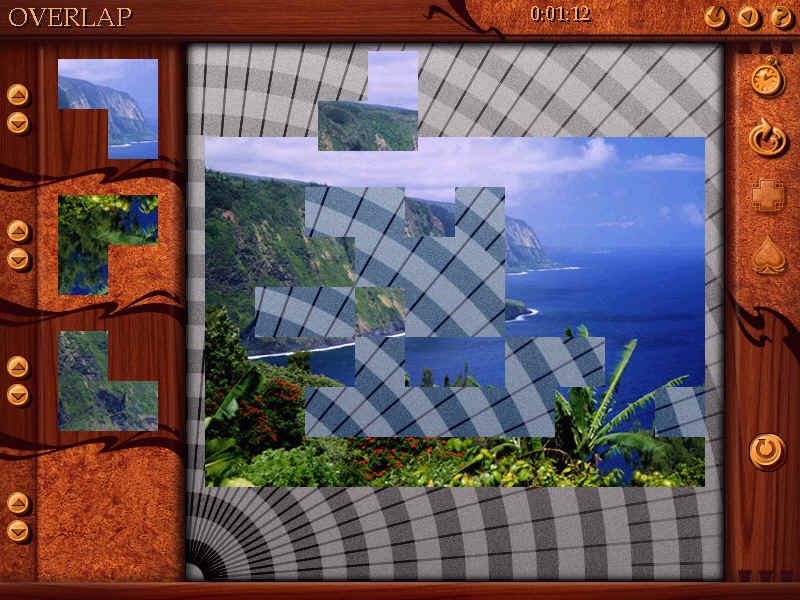



Reviews
There are no reviews yet.